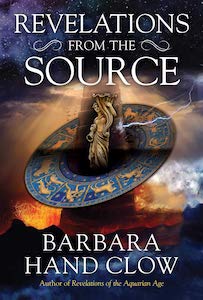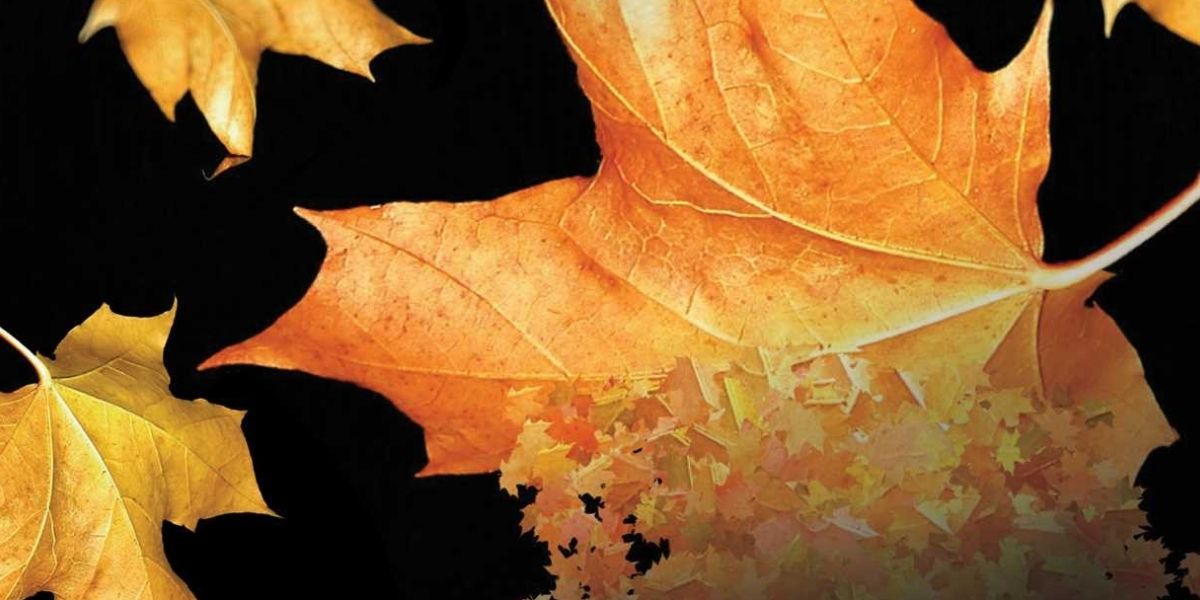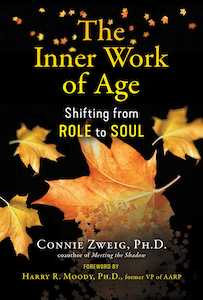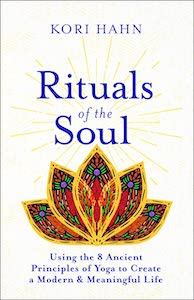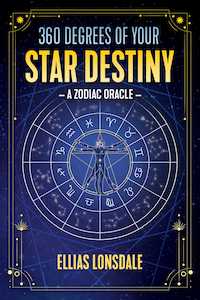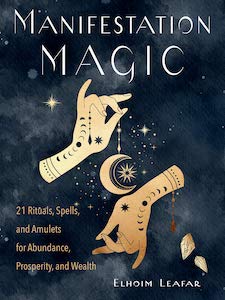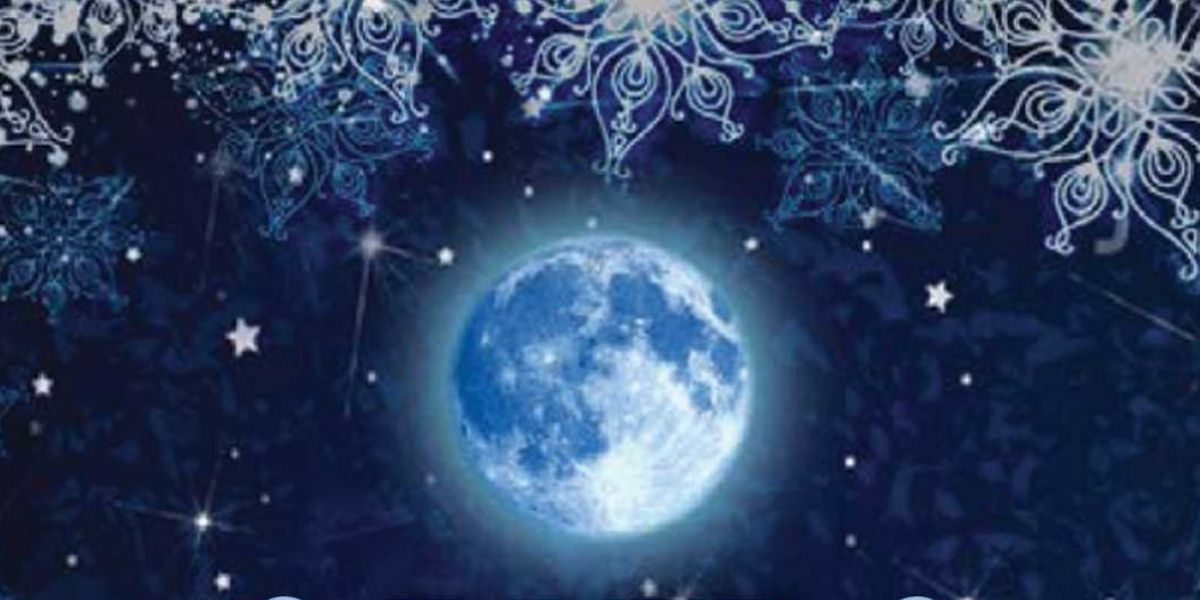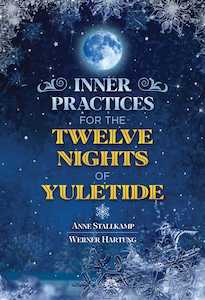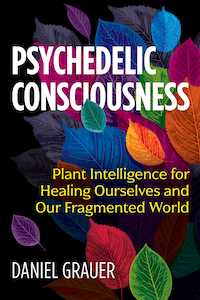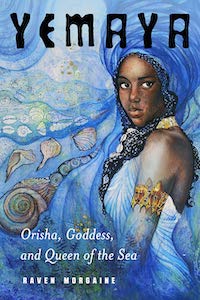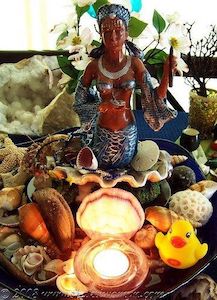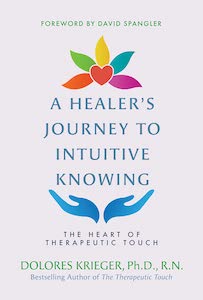
A Healer’s Journey to Intuitive Knowing: The Heart of Therapeutic Touch, by Dolores Krieger, Ph.D., R.N.
Bear & Company Books, 1591433934, 156 pages, July 2021
In this book, which was published posthumously by Dolores Krieger’s estate, the primary goal is to explore how the healing modality of Therapeutic Touch utilizes the healer’s intuition and compassion to move energy and bring about healing. A Healer’s Journey to Intuitive Knowing: The Heart of Therapeutic Touch chronicled experiences by Krieger during her 50+ years as a nurse, instructor, and champion of hands on healing. She wrote this book before her death at the age of 97.
Krieger published several books in her lifetime and was co-founder with Dora Kunz of Therapeutic Touch. She met Kunz when she was a nurse and had just received her Ph.D. degree. (I found a number of articles about both of these women, as well as a man who began his journey by healing horses and then other animals with his hands. Later, he began to channel healing to children, and when he moved to Canada, he became part of a study with Kunz and Krieger regarding hands on healing.)
As a Reiki Master myself, I was interested in learning more about hands on healing and the roles that intuition, intention and compassion play in the healing process. I was particularly interested in Krieger’s chronicle of the connection between the healer and the person being healed. Her philosophy shared that the person who is laying on hands is simply supporting the person to get in touch with their own ability to heal themselves.
Including both case histories and information from scientific studies, Krieger showed how Therapeutic Touch (TT) taps into what she calls the “Inner Self” of the healer. TT has been taught in over 80 universities and over 90 countries around the world. Krieger explained the process as:
“Ancient healing practices that are incorporated into the TT process include the laying on of hands, deep visualization, touch with and without physical contact, sustained centering of the TT therapist’s consciousness, the therapist’s knowledgeable use of certain of her chakras, and the intentional therapeutic use of breath and touch. Prime is the centering of the healer’s consciousness; throughout the TT interaction she remains in the state of ‘sustained centering.’ This becomes the background of the process, as she includes other practices that are appropriate to the condition of each individual seeking healing.”1
Next, she discussed the role of “compassion as power.”2 She saw compassion as “the catalyst or tiny chemical reaction that lights the benevolent intention to help or heal.”3 I’ve read quite a few books on hands on healing and never have I read about the role of compassion. This book gave me a greater understanding of how healing energy works and how I can fine tune my own energy and my energy centers to allow more healing energy to flow through me.
In discussing the role of the “Inner Self,” which Krieger named “Issie”, she explained that in her view, the Inner Self is “essentially the soul-the spiritual or innermost part of an individual’s being.”4 By doing the grounding, centering and tapping into the essence of oneself, the healer grows and transforms herself along with the healing journeys of her patients. As I read the book and engaged with the steps for healing sessions that she described, I began to use what I was learning to create a different style of healing session for my loved ones and friends.
As I did a healing session for my husband one evening, I was more aware than ever before of my ability to allow the healing energy to flow through me and also became aware of “seeing” the blockage of energy near his large intestine. As I continued to allow the energy to flow, I could see him visibly relax and later he would report a lessening of the pain he had felt and some sense of relief from his diverticulitis.
Krieger’s writing style is a great combination of scientific paper and compassionate healer notes. I love how she shared 18 in-person healing sessions, complete with her initial thoughts as she approached the person through the assessment and then the “rebalance.”5 While the notes were clear and complete, there is an underlying sense of the compassion she felt for every patient. This came shining through each case study. Later in the book, Krieger also highlighted case notes from distance healing sessions. I especially enjoyed this section, since a lot of my own healing practice happens through long-distance healing requests.
This book is a true compendium on TT and she shared not only a bibliography, but also a glossary, a list of TT resources and an index. The index is particularly helpful in referring to key ideas in the book. Toward the end of the book, Krieger shared a poem that she wrote “On the Possible Magic of Healing.” I’ll share a portion of it here, because it is so beautiful and captured the heart of TT:
“Healing is a window into a natural magic.
There it is,
a lump of wounded flesh,
and then touch,
Therapeutic Touch . . .
ABRACADABRAH!
Unseen clouds
Of inert biochemical molecules
Are drawn
In an uncanny manner
To the site of the wound
Quietly
Sorting themselves out en route
To match
The needs of the damaged tissues.”6
As a final note from Krieger, here is a quote on energy:
“The prime characteristics of energy are that it flows or is continuous as it moves through space, that its flow has a coherence or rhythm, and that it has the capacity to do work. Its flow has been described on a continuum from slow to fast, strong to weak, unimpeded to congested, tenuous to thick, or quiet to tumultuous, depending upon the situation. Its rhythm has been characterized as steady or irregular, in harmony or unharmonious, in sync or disorganized.”7
A Healer’s Journey to Intuitive Knowing would be great for any student of hands on healing, from the new Reiki student to the master of cranial sacral healing to the experienced massage therapist. Anyone who would like to take their healing practice to a new level will benefit from reading this book. This book will not only improve your abilities to channel healing energies, it will also contribute to your own spiritual growth and transformation.

PJ Spur is an author, intuitive, spiritual mentor, astrologer, and hypnotist. She does tarot & oracle card readings, natal chart readings, grief coaching, and relationship healing. She also has hosted a weekly “Coffee & Cards” event with her Soul Compass Community for the past four years. Her book Navigating Grief with Grace is available on Amazon. Learn more at www.dearpj.com




